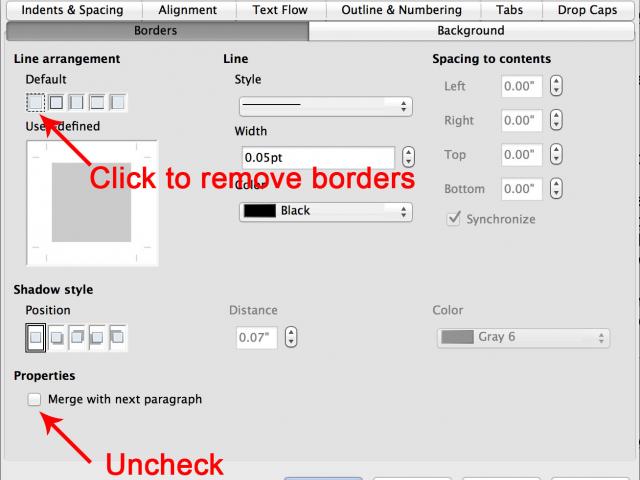

To change the colour, thickness or style of your horizontal line select ‘borders and shading’ from the menu and you will see the dialog box below. Home tab > Paragraph group > Borders and Shading icon > Horizontal Line Place your cursor at the point in the page that you would like to add a horizontal line, then from the ribbon select You can use access a directory of more colourful and artistic horizontal lines if you’d like to: The other way to is to use the ‘Borders and Shading’ function. From here you can also change your horizontal line options or stop Word from adding horizontal lines this way in the future. On the odd occasion where autoformat adds a horizontal line where you didn’t want one, you can undo it by clicking on the ‘ autoformat options‘ that appears when the horizontal line is added and select “undo border line”. Try three tildes, three underscores, or three pound signs for some fancy effects! (Shown below)

Many users already know that easiest way to insert a plain horizontal line into a page is to use the keyboard shortcut of typing 3 dashes (-) then press ‘ Enter‘ – and voila! your line appears by magic!īut there are all some other shortcuts you can use for a different type of line. There are two ways of doing this, the long way, and the short way! Now if you know me, you know I’ll never do something the long way if there’s a more efficient way to do things but in the interest of completeness, I’ll talk you through both… Here’s how… Inserting a basic horizontal line the short way You can save a line as a custom line style so you can apply it to other lines.Horizontal lines are a functional aspect of Microsoft Word, helping to break up a page by adding a divider or draw the reader’s eye to a section or heading, but although inserting a plain horizontal line is a pretty basic user skill in word, did you know there are also a few alternative arty lines that you can add to jazz up your documents too? You can change the appearance of the connection line just as you would any other line by changing its width, color, and more. When the object shows a blue highlight, the connection is made. You can also drag an endpoint of a connection line to an object set to Stay on Page. To change the amount of space between the endpoints of the line and the objects, select the line, then adjust the Offset Start and End values in the Connection section (in the Arrange pane of the Format inspector). You can also choose Curved Connection Line or Right Angle Connection Line. Ĭhoose Insert > Line > Straight Connection Line (from the Insert menu at the top of your computer screen).Select the objects, then set them to Stay on Page in the Arrange pane in the Format inspector. If you move one or more of the objects, they remain joined by the line. You can join two objects with a curved, straight, or right-angle connecting line.


 0 kommentar(er)
0 kommentar(er)
